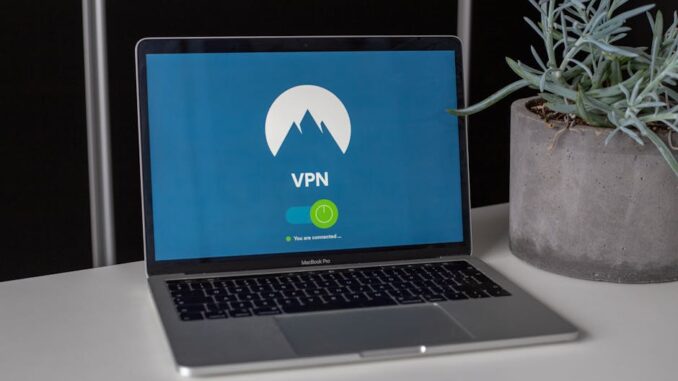
Summary
This article provides a comprehensive guide to implementing robust cybersecurity in UK hospitals. It outlines actionable steps, from initial assessments and staff training to advanced threat detection and incident response planning. By following this guide, hospitals can strengthen their defenses and safeguard patient care in the face of evolving cyber threats.
Safeguard patient information with TrueNASs self-healing data technology.
** Main Story**
Shielding Patient Data: A Cybersecurity Guide for UK Hospitals
In today’s digital landscape, UK hospitals face a constant barrage of cyber threats, making robust cybersecurity paramount. This isn’t just about protecting data; it’s about safeguarding patient lives and maintaining public trust. This guide provides actionable steps to fortify your hospital’s defenses:
1. Know Your Battlefield: Initial Assessment
Begin by thoroughly evaluating your current cybersecurity posture. This includes:
- Inventory: Catalog all devices, systems, and software, noting versions and patch levels.
- Vulnerability Scan: Conduct regular scans to identify weaknesses in your systems.
- Risk Assessment: Analyze potential threats and their potential impact on patient care.
2. Empower Your Front Line: Staff Training
Your staff are the first line of defense. Implement comprehensive training programs covering:
- Phishing Awareness: Educate staff on identifying and reporting suspicious emails.
- Password Hygiene: Enforce strong, unique passwords and multi-factor authentication.
- Security Protocols: Establish clear procedures for handling sensitive data and reporting incidents.
3. Build Impenetrable Walls: Security Controls
Implement robust security measures across your infrastructure:
- Firewall: Deploy firewalls to control network traffic and block unauthorized access.
- Intrusion Detection/Prevention System (IDS/IPS): Monitor network activity for malicious behavior and automatically block threats.
- Anti-Malware: Install and regularly update anti-malware software on all devices.
- Access Controls: Implement role-based access controls (RBAC) to restrict access to sensitive data based on job function.
4. Data Encryption: Shielding Sensitive Information
Encrypt sensitive data both in transit and at rest to protect it from unauthorized access. Utilize strong encryption algorithms and regularly update encryption keys.
5. Zero Trust: Assume Breach
Adopt a Zero Trust security model, which assumes that every user and device is a potential threat until verified. This approach includes:
- Microsegmentation: Divide your network into smaller, isolated segments to limit the impact of a breach.
- Multi-Factor Authentication (MFA): Require multiple forms of authentication for access to sensitive systems.
- Continuous Monitoring: Implement real-time monitoring to detect and respond to threats quickly.
6. Incident Response Plan: Prepare for the Inevitable
Develop a comprehensive incident response plan outlining procedures for:
- Containment: Isolating affected systems to prevent further spread.
- Eradication: Removing malware and restoring systems to a clean state.
- Recovery: Restoring data from backups and resuming normal operations.
7. Disaster Recovery: Ensuring Continuity of Care
Implement a disaster recovery plan to ensure that critical systems and data can be restored in the event of a major incident. This includes:
- Data Backup and Recovery: Regularly back up critical data to secure offsite locations.
- Business Continuity: Define procedures for maintaining essential services during a disruption.
8. Stay Vigilant: Continuous Monitoring and Improvement
Cybersecurity is not a one-time fix but an ongoing process. Continuously monitor your systems for threats, regularly update security measures, and conduct periodic security assessments to identify and address vulnerabilities.
9. Collaboration and Information Sharing:
Stay informed about the latest threats and best practices by collaborating with other healthcare organizations, government agencies, and cybersecurity experts. Share information and learn from the experiences of others.
10. Embrace Innovation: Explore new technologies and approaches to cybersecurity, such as artificial intelligence (AI) and machine learning (ML), to enhance your defenses and stay ahead of evolving threats.
By implementing these steps, UK hospitals can build a robust cybersecurity strategy to protect patient data, ensure the continuity of care, and maintain public trust. This proactive approach is crucial in today’s increasingly complex threat landscape. Remember, cybersecurity is not just an IT issue; it is a patient safety imperative.


Zero Trust, eh? So, basically, everyone in the hospital IT department has to wear a t-shirt saying “I’m with the bad guys” until proven otherwise. Sounds like a fun team-building exercise gone wrong!